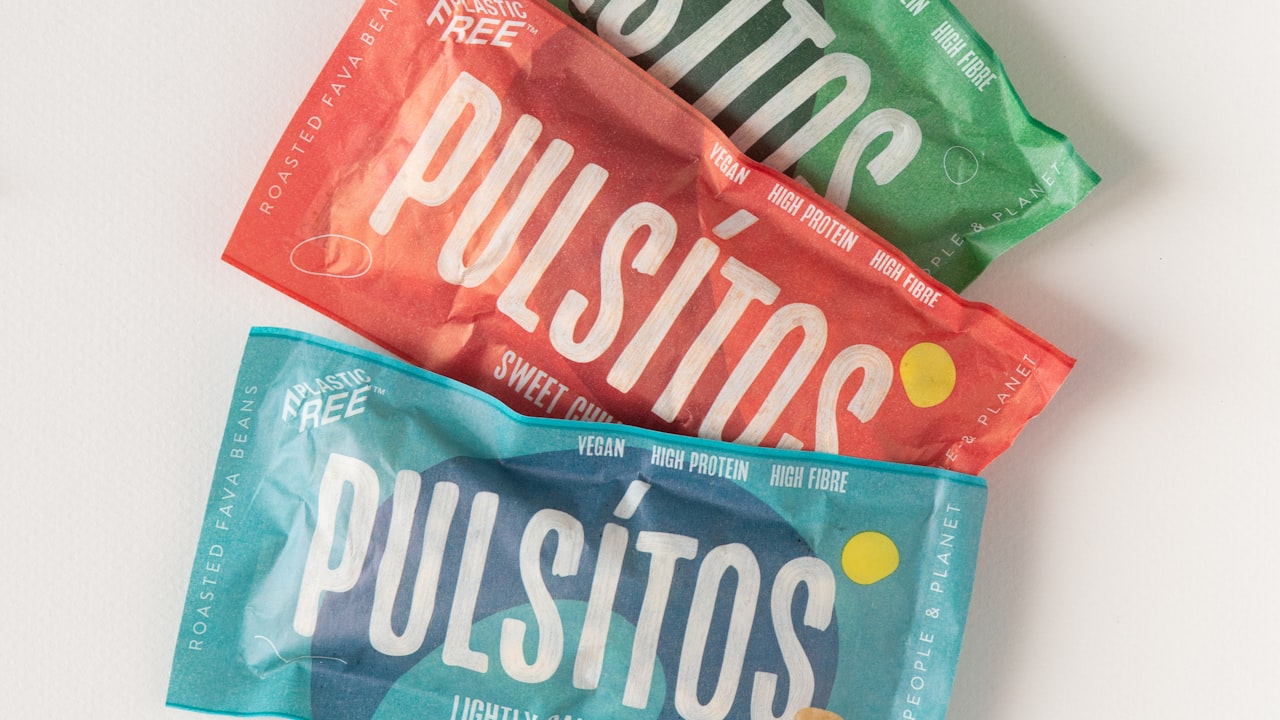Plastic tested and determined to be safe for use in contact with food in various settings is considered food-grade plastic. To protect the public's health, standards for plastics intended for use with food are stricter than for plastics meant for use in other settings. This is because polymers designed for use with food are more likely to have negative health impacts. Let's go through what makes food-grade plastic distinct from conventional plastic used for 3 gallon buckets and how it's utilized in circumstances when it comes into contact with food.
How to Make Food-Safe Buckets
Second, to decrease the chance of contamination, strict cleanliness regulations and proper manufacturing processes should be in place at the factory where the food-grade plastic is produced. Standards papers issued by the International Standards Organization regulate the manufacturing facility environment to provide consistent, high-quality, and clean goods. ISO 9000 is often required of manufacturers of polymers suitable for use in food items.
Food-Safe Bucket Materials
The components used in the production of food-grade plastic must be certified by the Food and Drug Administration. To ensure that the food's flavor, aroma, and look are not damaged, they inspect each ingredient and additive to ensure that they are safe to use. Furthermore, the materials' reactivity to temperature, humidity, moisture, and the presence of other chemicals, oils, and alcohols will be assessed. This increases the plastic's durability for storage, manufacturing, and other purposes. A quality control system that is uncompromised from its conception in the factory to its final use in the kitchen
Using a bucket has many advantages
Aside from the obvious uses in the food and beverage industries, food-grade plastics also find their way into the pharmaceutical and chemical industries. This is because food-grade polymers can withstand high temperatures. A wide variety of plastic can be put to use in the food industry, and each of these plastics has its own particular set of applications and limitations.
Food-Safe Plastics Validation
Finally, after the food grade plastic has been used to construct plastic film or bags for shipping, storing, or transporting food, the manufacturer will double-check its quality and apply the proper food grade and safety certificates. The Global Food Safety Initiative produced the Food Safety System Certification (FSSC 22000) as an example of a health and safety certification for specifically manufactured plastic (GFSI). This certification verifies that the food-grade plastic product adheres to the standards.
Conclusion
Plastic must first undergo comprehensive testing to guarantee that it is safe for consumption before being utilized in direct contact with food in various applications. Food-grade plastics must adhere to stricter regulations than plastics used in other industries. For one thing, plastics intended for interaction with food are more likely to create health problems. Let us delve deeper into food-grade plastic and discuss how it varies from regular plastic to benefit food safety.


